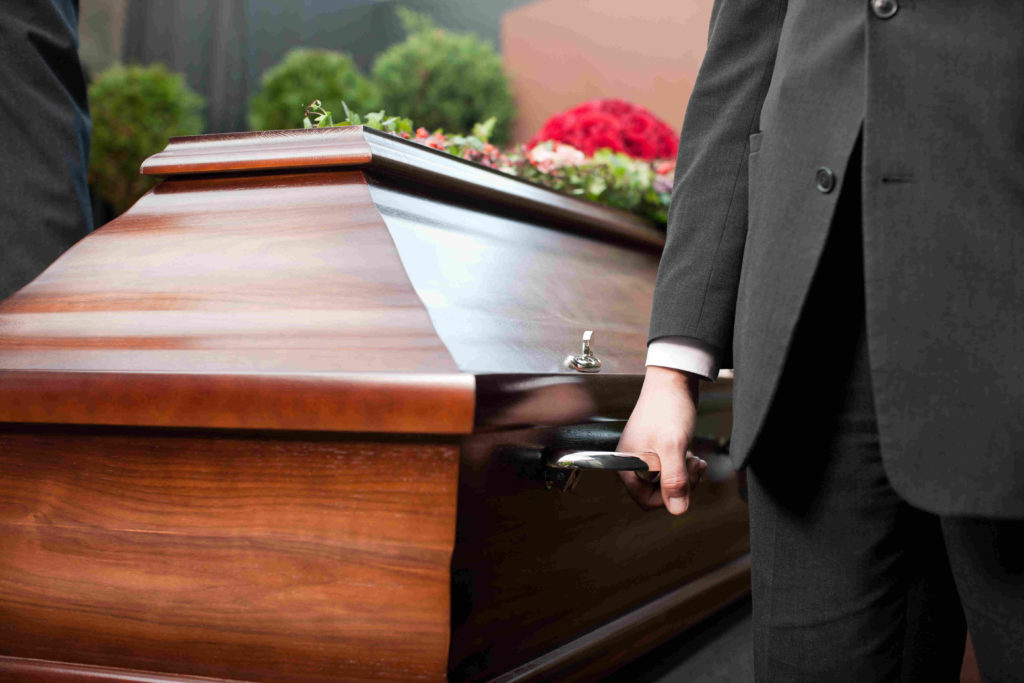
Nothing is more devastating or heartbreaking than losing a family member in a fatal accident. While no legal claim could ever make things right, a wrongful death lawsuit allows the surviving family members to seek justice and financial support. Beyond a wrongful death claim, the family may also be able to file an additional type of a lawsuit against the at-fault party called a survival action claim.
You may be wondering: What is the difference between a wrongful death lawsuit and a survival action lawsuit? The short answer is that a survival action claim allows the family to pursue compensation that the deceased would have been able to receive if they had survived the accident. Here, our Stockton wrongful death lawyer provides a guide to survival action claims in California.
California Law: Survival Action Claims
A survival action claim is filed under California Code of Civil Procedure § 377.30. The primary purpose of a survival action claim is to allow the family of the deceased to recover compensation for the damages that the deceased suffered between the moment of their accident and the moment of their passing. Not all deadly accidents result in an immediate fatality. A survival action claim helps to address this issue. Here are three specific things to know about survival action cases in California:
- Must Be Filed By the Personal Representative of the State: One of the key things to know about survival action claims is that they must be filed by the personal representative of the estate. In other words, the estate of the deceased in the party is eligible to recover compensation through a survival action lawsuit. The ultimate beneficiary of any compensation award will depend on the terms of the decedent’s will or California’s intestate succession laws.
- Recovery for Damages After the Accident But Before the Death: As noted above, a survival action claim is meant to compensate the deceased for the damages that they would have been able to recover had they survived the accident. The legal claim “survives” their passing. Some examples of compensation that can be recovered through a survival action lawsuit include out-of-pocket medical bills incurred by the victim, lost wages that the victim suffered prior to their passing, and pain and suffering the victim endured after the accident but before their death.
- Survival Action Liability is Based on Fault: In California, a survival action claim is a fault-based legal case. To bring a successful survival action claim, a plaintiff (personal representative of the estate of the victim) must prove that the defendant(s) was liable for the accident. The standard of liability depends on the specific nature of the case. What you need to do to prove fault is different in a car accident claim than a product liability claim.
California Law: Wrongful Death Claims
A wrongful death claim is filed under California Code of Civil Procedure § 377.60. The primary purpose of a wrongful death claim is to allow eligible family members of the victim to recover compensation for their personal damages (economic and non-economic) that were sustained as a consequence of the death of their loved one. Here are three specific things to know about wrongful death cases in California:
- Can Be Brought By Certain Eligible Family Members: In California, a wrongful death claim can be filed by certain eligible family members of the victim. Similar to a survival action claim, the personal representative of the estate of the victim can initiate the lawsuit. However, unlike a survival action claim, the personal representative does not have to initiate the lawsuit. It can also be filed by close surviving family members, including the spouse, children, or parents.
- Recovery for a Family Member’s Personal Damages: The most important difference between a wrongful death claim and a survival action claim is damage. In California, a wrongful death lawsuit is meant to compensate close surviving family members for their personal damages. Families can seek the following types of damages through a wrongful death lawsuit: Funeral & burial costs, other out-of-pocket expenses, loss of wages/benefits, and loss of society and companionship, loss of affection, loss of moral support, loss of training & guidance, and loss of sexual relations.
- Wrongful Death Liability is Based on Fault: Similar to a survival action claim, a wrongful death lawsuit is a fault-based legal case. To hold a defendant(s) liable for a wrongful death, the surviving family members must prove liability. In general, wrongful death liability is based on negligence.
Not an Either/Or Proposition—You Can File Both Types of Claims Concurrently
It is important to emphasize that there is no tension between a wrongful death claim and a survival action. You and your family members do not have to choose between filing one type of lawsuit or the other. Quite the contrary, wrongful death claims and survival actions claims are designed to be complementary. They allow the surviving family of the victim to recover different types of damages.
Following the loss of a close loved one in a fatal accident, you should consult with a Stockton, CA wrongful death attorney who has the professional skills and legal experience to represent your family in a survival action claim. A California wrongful death & survival action lawyer will make sure that your family’s rights and interests are protected every step of the way.
Get Help From a Stockton, CA Wrongful Death Attorney Today
At Redkey Gordon Law Corp, our Stockton wrongful death lawyers are compassionate, experienced advocates for grieving families. We are here to take care of all of your legal needs while you focus on yourself and your loved ones. If you have any questions about wrongful death claims or survival action claims, our attorneys can help. Call us at 209-267-4589 or connect with us directly online for a free, confidential case evaluation. From our Stockton law office, we serve communities throughout California’s Central Valley, including in San Joaquin County, Amador County, and Sacramento County.
